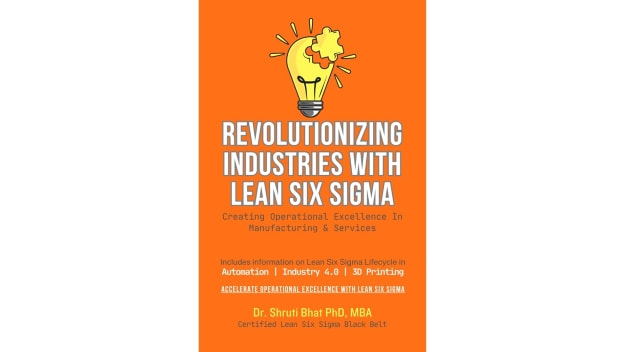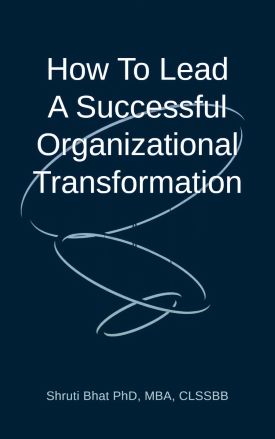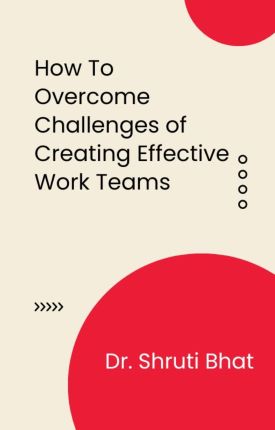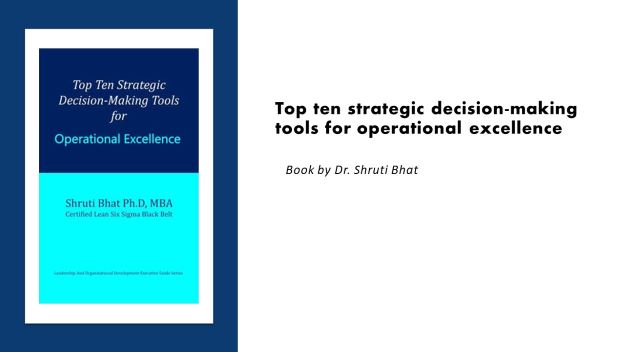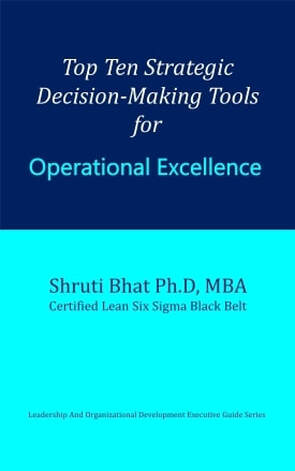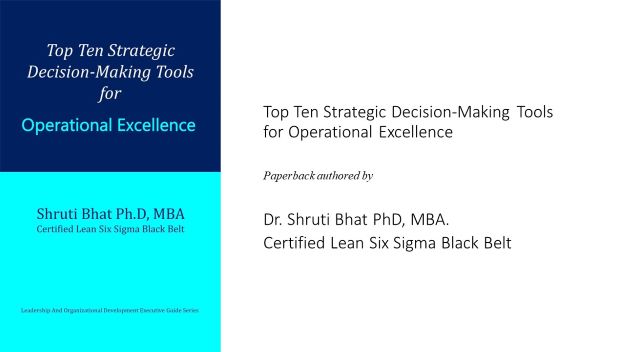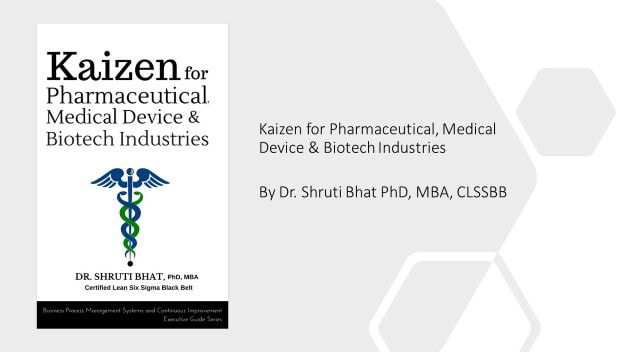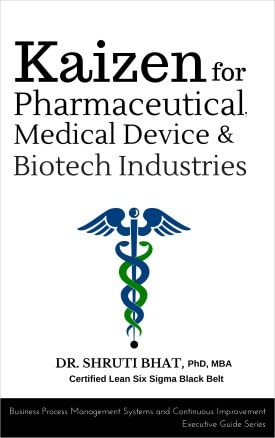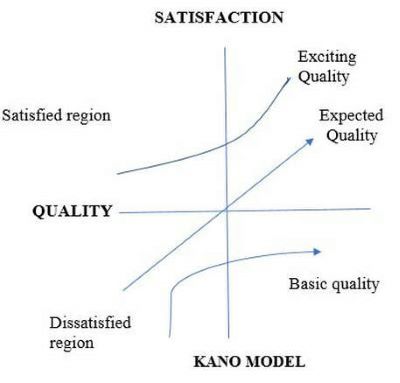At the heart of this book is a detailed exposition of the Lean Six Sigma lifecycle, illuminated through the DMAIC (Define, Measure, Analyze, Improve, Control) model, providing readers with a robust framework for implementing these practices within their own organizations. The narrative is enriched with an array of case studies, showcasing real-world applications of Lean Six Sigma in manufacturing and service industries (such as life sciences, healthcare, mining, retail, education, telecom, transportation and supply chain logistics, tourism and hospitality etc.) offering invaluable insights into the practical aspects of its implementation.
A pivotal section of the book delves into the synergy between Lean Six Sigma and Industry 4.0 setups, with a special focus on 3D printing. It articulates how Lean Six Sigma can be harmoniously integrated into these modern advancements to accomplish unprecedented levels of operating efficiency. Through vivid illustrations and case studies, readers will gain a deep understanding of Lean Six Sigma's role in creating operational excellence in Industry 4.0 including 3D printing processes.
Moreover, "Revolutionizing Industries with Lean Six Sigma" addresses the challenges leaders face when adopting and integrating Lean Six Sigma into their organizations. It offers strategic advice on overcoming these hurdles, ensuring a successful transition to operational excellence and business growth.
This book is an indispensable resource for business leaders, managers, and professionals across industries who aspire to revolutionize their operations through Lean Six Sigma. Whether you are looking to implement Lean Six Sigma for the first time or seeking to deepen your understanding of its integration within traditional manufacturing and Industry 4.0 setups, this book provides the knowledge, tools, and inspiration needed to achieve operational excellence.
This book provides insights, illustrations and case studies which will guide you in accomplishing the highest returns on investment from your Lean Six Sigma initiative.
Grab your copy of this book Now! Available as Paperback & Electronic format in all popular book stores worldwide!
Checkout the preview ...
- Top ten strategic decision-making tools for operational excellence.
- Kaizen for pharmaceutical, medical device and biotech industries.
- Business process improvement techniques for manufacturing and service industries.
- How to choose a business process improvement technique for your organization.
- 30 Popular continuous improvement tools.
- YouTube #Shorts videos on Continuous Improvement.
Follow Shruti on Twitter, YouTube, LinkedIn
Categories: Books | Lean Six Sigma | Operational Excellence
Keywords and Tags:
#businessprocessimprovement #leanmethodology #sixsigmamethodology #leansixsigma #businesstransformation #businessturnaround #processimprovement #continuousimprovement #leanmanagement

